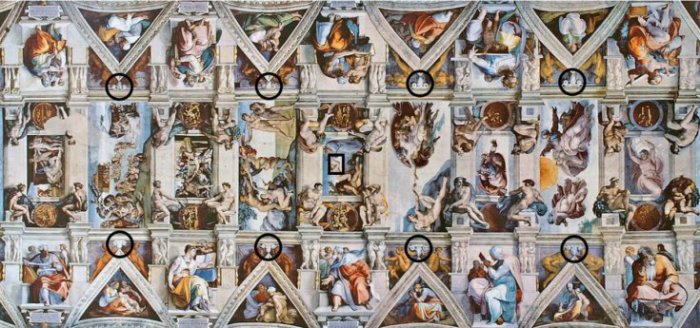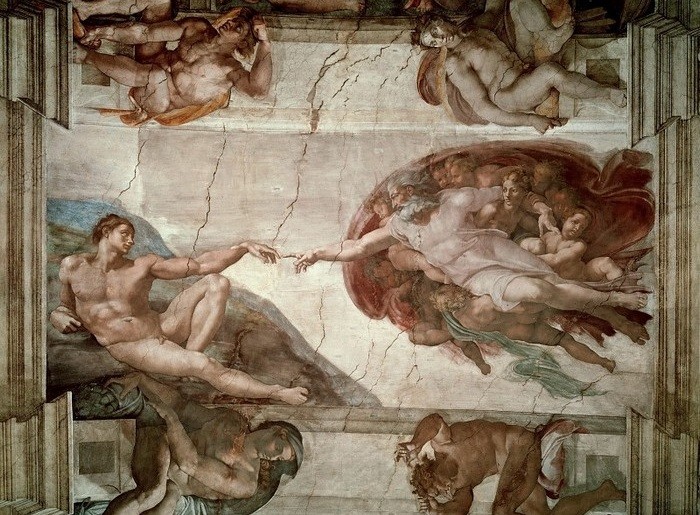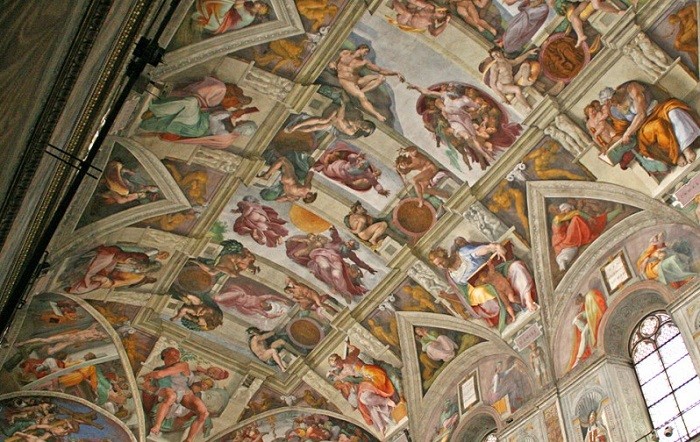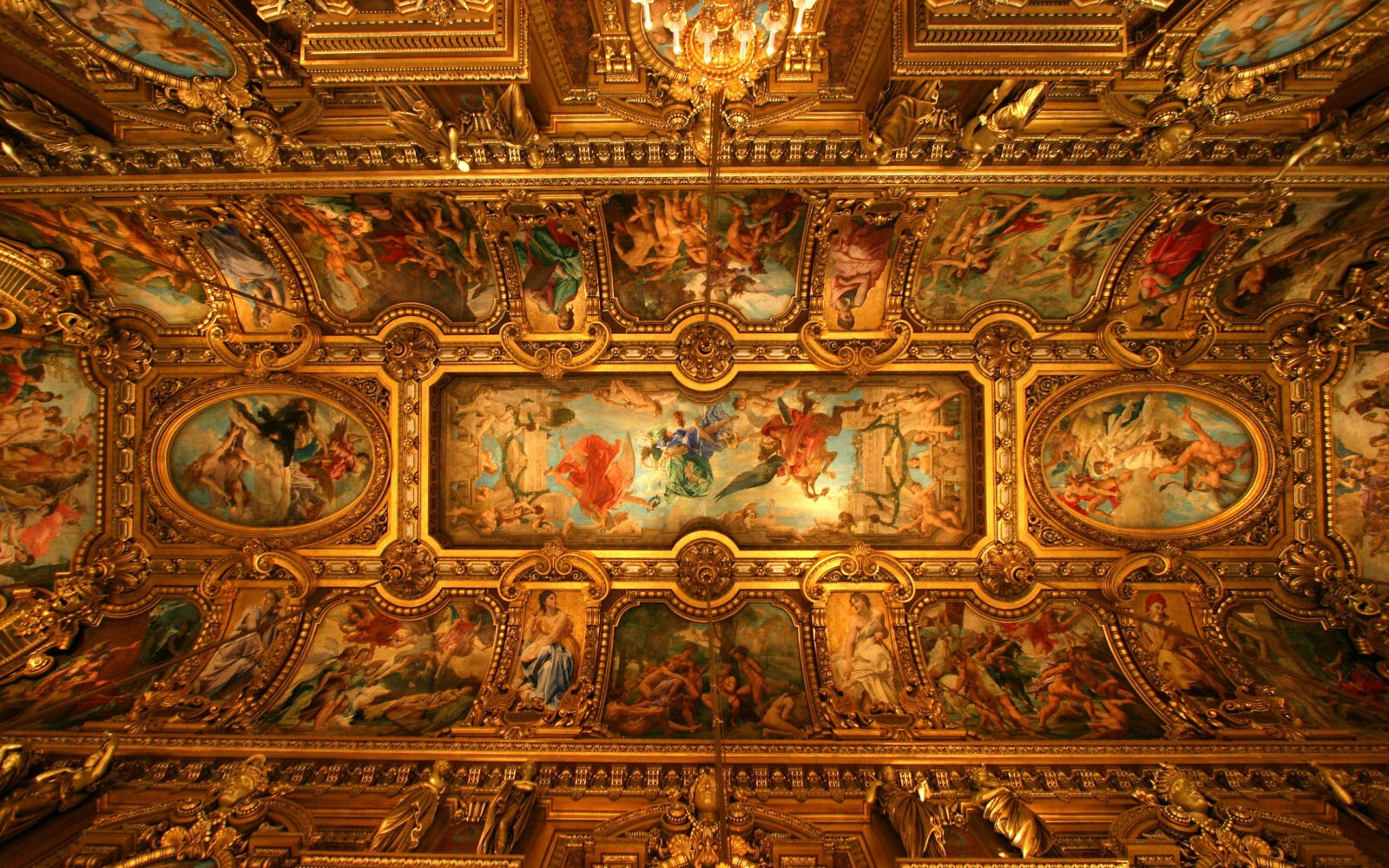Many call the frescoes of the Sistine Chapel the top of the fine art of the Renaissance. At 1000 square meters, Michelangelo managed to depict more than 300 human figures. Despite the fact that the artist chose the biblical subjects himself, he was forced to adhere to certain canons, because the Catholic Church suppressed any manifestations of free-thinking. Nevertheless, these frescoes have ciphered many symbols that scientists continue to solve until now.
Symbols of the feminine

In 2016, a curious study was published in the journal Clinical Anatomy. In the part of the Sistine Chapel, where the scene of the creation of Eve is depicted, many ciphered symbols personifying the feminine were found.
As is known, Catholicism has always been dominated by patriarchy, so exaltation of women, to put it mildly, was not welcomed. Michelangelo had his own opinion on this score. On the ceiling you can see 8 images of a mutton skull. In the ancient Greek tradition, it was these animals with twisted horns that symbolized the feminine beginning, because visually they resembled the uterus and fallopian tubes.

In addition, according to researchers, Eva is depicted in a pose resembling an inverted triangle – another female symbol in ancient art.
Image of the human brain

Perhaps the most striking encrypted symbol is the scene “The Creation of Adam.” In the depiction of God and the angels, the outline of the human brain is clearly visible. It is known that Michelangelo studied anatomy more than 15 years, so it is not surprising that he painted it so accurately. Thus, the artist stressed that God gave a man not only the body but also the mind.

Instead of an apple tree, a fig tree in the Garden of Eden
In the scene of the Fall and Exile from Paradise, Michelangelo did not depict the apple tree, but the fig tree, which is typical of the symbolism of Judaism. The Bible said about the “tree of knowledge”, but not about the apple tree. Many researchers agree that through the image of the Hebrew symbols, Michelangelo tried to reproach the Catholic Church that it had gone too far from the origins of the interpretation of the Bible.
Acorns – reference to Pope Julius II

A lot of acorns can be found on the ceiling of the Sistine Chapel. So Michelangelo thanked Pope Julius II for the fact that he allowed him to step back from the usual image of biblical stories and do everything in his own way. The name of the pope was Rovere, which can be translated as “oak”. Hence the acorns on the frescoes.
Painters of the Renaissance very often encrypted various signs in their canvases.


























Fantastic items from you, man. I’ve take into account your stuff previous to and you are just too great.
I actually like what you have received right here,
certainly like what you are saying and the way during which you say it.
You make it entertaining and you still take care of to keep it sensible.
I cant wait to read much more from you. This is really a great
web site.
I think that you’re missing the real hidden symbolism behind the acorns. Take a look at the nude male with a white bandanna and his hand resting on his raised knee. Note the similarity between the acorns and the end of that nude’s uncircumsized penis. Also, in The Creation of Adam, why does the robe seem to show that God had a navel?